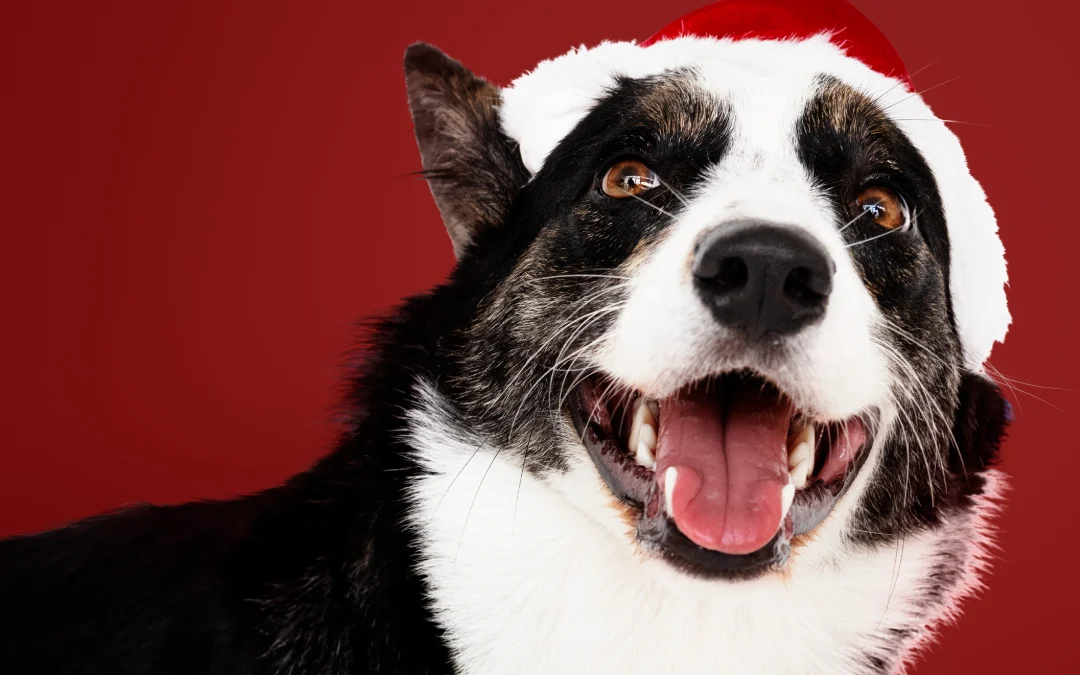Grooming your dog is about so much more than keeping them looking fluffy and stylish.
It’s also about their comfort, health, and overall happiness. And if you live in Scotland, you’ll know the weather can change in an instant – sunshine, rain, snow, and wind all in the same day. That makes seasonal grooming an essential part of caring for your dog.
So how do you adapt your grooming routine to the changing seasons? This beginner-friendly guide will walk you through why seasonal grooming matters, what to focus on during spring, summer, autumn, and winter, and how to make the whole process easier for both you and your pup.
Why Seasonal Grooming Matters
Every dog needs grooming, but in Scotland, the seasonal changes make it even more important. A thick coat in winter can trap moisture, which leads to mats and skin issues. In spring and autumn, many dogs shed heavily, so you’ll need to stay on top of brushing. And in summer, trimming and keeping coats tidy helps dogs stay cooler while preventing parasites from settling in.
By tailoring grooming to the season, you’re not just making your dog look good -you’re keeping them healthy and preventing issues before they even start. Think of it like your own wardrobe. You wouldn’t wear the same clothes year-round, and your dog’s coat needs that same level of attention.
Spring Grooming: Managing the Shedding Season
Springtime in Scotland often means rain, mud, and more rain. Dogs love their muddy adventures, but this can leave coats dirty and tangled. On top of that, spring is when many breeds shed their winter coats, which can quickly overwhelm your home if you’re not prepared.
The key is brushing. For long-haired breeds, use a slicker brush to work through tangles. For breeds with heavy shedding, a de-shedding tool works wonders. A bath with a gentle, dog-friendly shampoo will help loosen dead fur and keep your dog smelling fresh after a muddy walk. Always dry your pup thoroughly, since damp coats can cause skin irritation.
Summer Grooming: Keeping Cool and Comfortable
Even though Scottish summers aren’t tropical, warmer days do happen, and dogs can overheat easily. Grooming in summer is all about helping your dog stay cool and relaxed.
Regular trims for long or curly-coated breeds are essential. Brushing also remains important, because it allows airflow through the coat and prevents tangling. Don’t forget paw care either -hot pavements or long walks can cause dry or cracked pads, so check them often. And because summer is peak season for fleas and ticks, include parasite prevention as part of your routine.
Autumn Grooming: Tackling Mud and Wet Walks
Autumn in Scotland means long walks through damp fields, piles of leaves, and lots of mud. After every walk, take a few minutes to wipe your dog’s paws and legs. This prevents irritation and also stops dirt being tracked all over your home.
Shedding can pick up again during autumn, so brushing becomes just as important as in spring. A rubber brush is great for short-haired breeds, while long-haired dogs may need a slicker brush session more often. Because of the wetter weather, pay close attention to your dog’s ears, since dampness can make infections more likely.
Winter Grooming: Protecting the Coat and Paws
Scottish winters are cold and often wet, which means your dog’s coat will need extra care. Many dogs grow a thicker winter coat, but without proper brushing, this coat can trap moisture and turn into mats. Regular brushing helps the coat insulate properly and keeps your dog comfortable.
Avoid shaving your dog’s coat in winter -it’s there to protect them. Instead, focus on brushing, keeping nails trimmed, and checking paws for grit or ice melt from pavements. A good paw balm can prevent cracks and dryness, keeping your dog’s feet protected during cold, frosty walks.
Making Seasonal Grooming Simple
Seasonal grooming doesn’t need to feel overwhelming. Keep a basic set of tools on hand: a slicker brush, de-shedding tool, dog-friendly shampoo, and a soft towel or blow dryer. Add a routine grooming session into your week, and it will quickly become second nature.
Reward your dog with treats and praise after each session so they associate grooming with something positive. And remember, if you’re ever unsure or your dog’s coat becomes difficult to manage, a professional groomer can step in with expert care tailored to your pup’s needs.
Conclusion
Seasonal grooming is about more than looks -it’s about your dog’s overall health and comfort. By adjusting your grooming routine with the seasons, you’ll manage shedding, prevent skin issues, and help your pup stay happy and healthy no matter what the Scottish weather brings.
So when the seasons change, think about your dog’s grooming needs too. With the right care, they’ll stay clean, comfortable, and ready for every muddy walk, sunny day, or snowy adventure.


Recent Comments